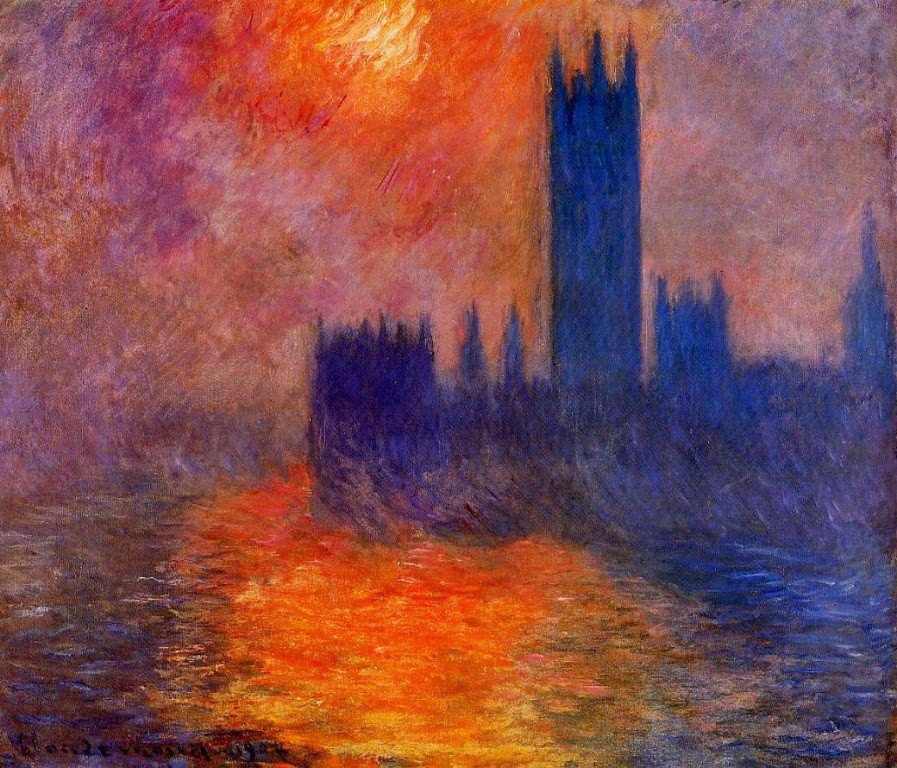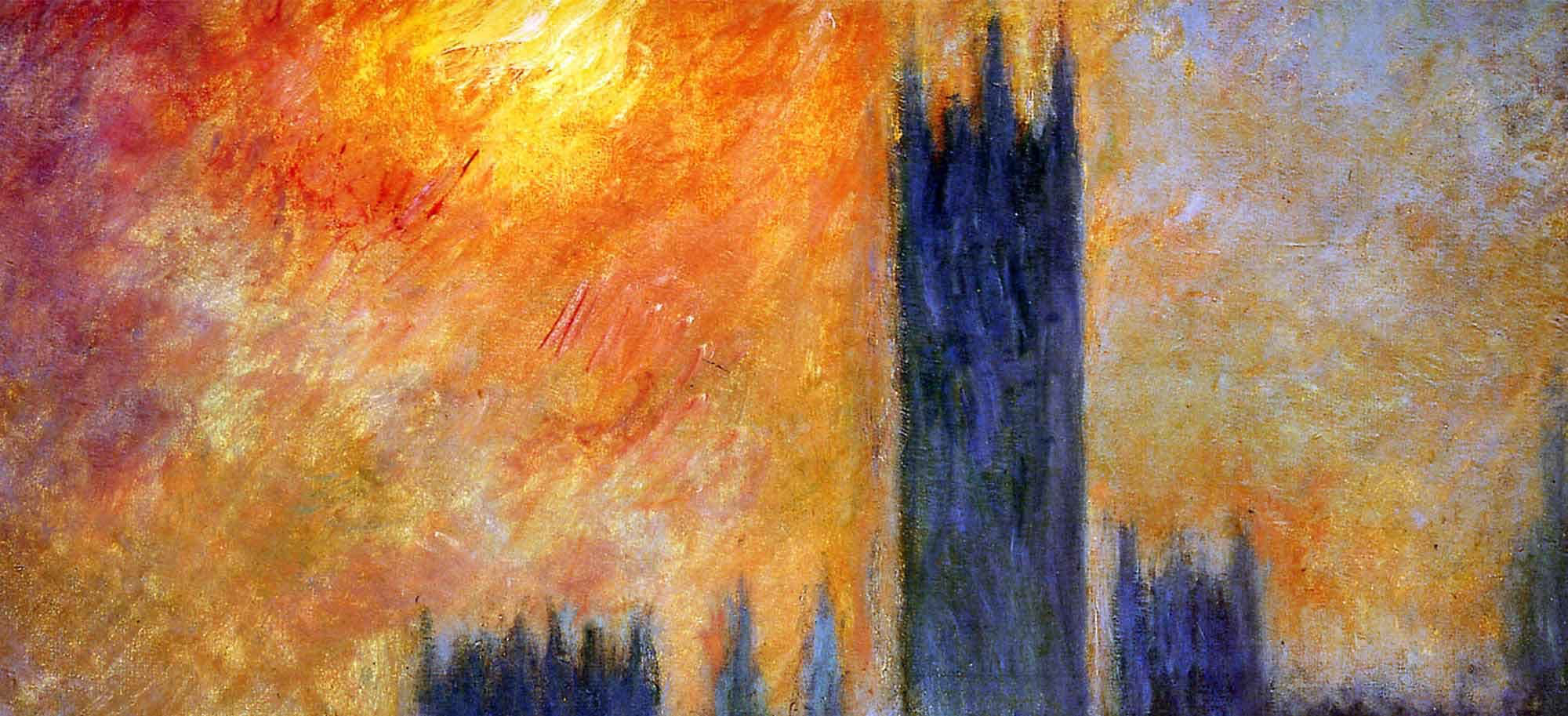Augmented Reality (AR) and Virtual Reality (VR) are new mediums that require new aesthetic paradigms. The arts have a rich and complex history with science and technology. They oscillate between roles of cat and mouse through the centuries. Advances in one practice invariably propels the other forward. Sometimes, the application of technology is obvious to the scientists and artists (the printing press, for example). But sometimes technology so radically changes the world, is so charged with potential, that creators are baffled with how to meaningfully apply it in novel ways (cinema, for example). I believe we find ourselves on the collective threshold of the obvious and the baffling with AR and VR.
The Iliad was probably written down about 100 years after it was composed. Today the act of “composition” and “writing” are generally indistinguishable. Before the Gutenberg press, epic poems were the medium of choice for communicating complex, long-form stories. Lyricism and rhyme helped shore up the ever capricious and fickle human memory. Once the printing press was invented, however, the constraint of the human brain was removed. Written works could be as dense and complex as required and would suffer no loss in fidelity because of it. The advent of the press triggered the Renaissance. For the first time fiction, scientific works, and historical accounts could be memorialized and distributed en masse. The application of technology to science and the arts was sudden, obvious, and paradigm shifting.

Tiger Electronics’ “R-Zone” (1995) is still deceptively misleading today. Even now, in 2017, it looks like something straight of science fiction, but it is really just a traditional 2D gaming experience. Similarly, I found Foursquare (2009) to be a novel and fun application of locative AR when it launched, but after a few uses I found little reason to continue using it. Only time will tell if pricey and scarce Google Glass (2012) was a misguided endeavor or the real deal. Though a novelty, Pokémon Go (2016) will be remembered as the watershed event of consumer AR, proving both the viability of AR as a mass medium and hinting at the future potential.

a guided audio tour of Monet at the Art Institute of Chicago in the mid 90s. Though relatively hostile to the patrons — your walking pace was artificially constrained by the pace of narration; if another painting caught your eye you had to manually skip ahead to the correct track — the supplemental information truly enriched my experience. Needless to say, the potential of AR is deep at public spaces such as museums and parks.
Once the archetypical capabilities of AR and VR are solved, the technology will quickly become obvious. The best AR and VR of tomorrow will be like the best UI/UX design of today. It will get out of your way. It will help you along with little ado, humbly receding into the background. Today, we don’t think about “using” music when we turn on whatever device and engage whatever recorded medium. We simply listen to music. I posit that we won’t be “using AR and VR” in the near future. Instead, we will think of ourselves as active participants in experiences in scientific data, works of art, and technology itself.



